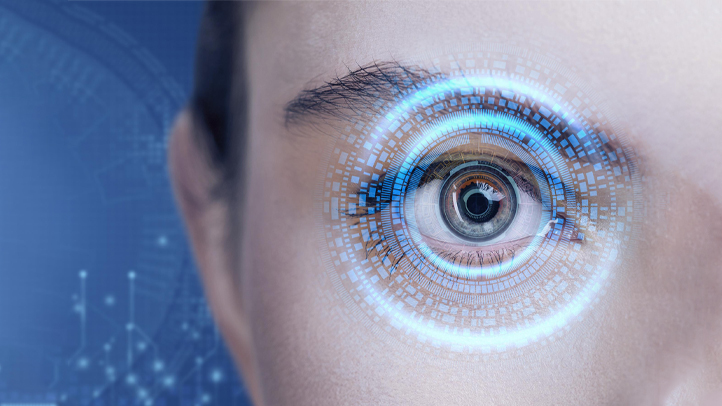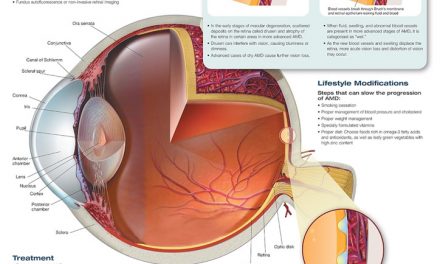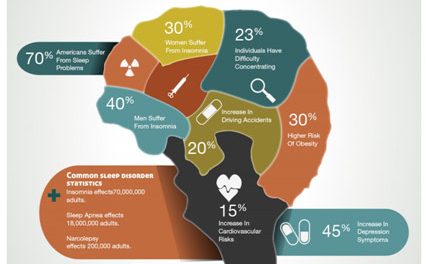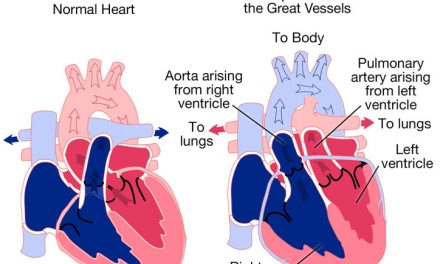From July 31st to August 6th, I spent my summer at the National Student Leadership Conference at UC Berkeley for the Medicine and Healthcare program. At this program I learnt a variety of skills, from suturing and how to perform biopsies, to diagnosing patients. The program also had a range of guest speakers introducing the audience to an array of topics such as leadership, autoimmune diseases, and medical ethics.
UC Berkeley School Optometry:
At the Berkeley School of Optometry, the doctors provided us an insight into their daily lives as optometrists, and experiences about the world of optometry. Optometry is the branch of medicine that focuses on the eyes and its diseases. Optometrists use several pieces of technology, such as a phoropter, a slit lamp and a retina scope, to examine the eye and test for any diseases. The doctor introduced us to a device known as the phoropter. The phoropter is commonly used to determine the type of lenses which will be needed by the patient. The device is placed in front of patient seated either near or far from device depending on how well they are able to read the Eye Chart. Another device used by optometrists is the slit lamp. The slit lamp is a microscopic light used to see the different layers of the eyes and check for diseases and hemorrhages. Additionally, the retina scope is also used to bounce off a light from the back of the eye at an angle to check the retina.

Phoropter
It was an “eye-opener” to discover that many patients don’t obtain optometric care unless they experience some eye discomfort, often resulting in delayed treatment. A common example of the downsides of delayed treatment is the effect of diabetes on the eyes. Diabetes is a disease that impacts millions of people around the world. Many patients diagnosed with diabetes do not realize that diabetes can also impact their eyesight. The high blood sugar caused by diabetes reduces the elasticity of the blood vessels in the eyes and makes them narrower. These effects damage the blood vessels in the retina and results in bleeding and eventually vision loss. Most patients don’t feel these slow effects as the brain compensates for the pain generated due to the bleeding.

Healthy Eye vs Diabetic Eye
Bahare Farhadian:
One of the speakers at the event was Ms. Bahare Farhadian. Bahare Farhadian is a rheumatologist at the Stanford’s Children’s hospital. As a rheumatologist, Ms. Farhadian diagnoses and treats diseases of joints, muscles, and bones, which are either autoimmune or inflammatory. She introduced us to some of these diseases and how she interacted with her patients. Autoimmune diseases cause the antibodies to cross the blood and brain barrier affecting the brain and resulting in neurological disorders. The antibodies created to attack the virus start attacking healthy cells in the brain which causes inflammation and neurological disorders. These diseases can often be verified by difficulty in motor function. Often patients are not very specific with their symptoms, so doctors try to go into more depth by asking more questions that reveal the underlying problems.
Public Health:
Over the course of the program, we were introduced to various applications of medicine in by our T.As. One of these applications is public health. Public Health is the branch of medicine dealing the with the health of the general population, including prevention, and control of diseases. The three core areas of public health are protection, prevention, and promotion of the health of the general public. In prevention, there are three different stages, primary, secondary, and tertiary. Primary prevention includes the steps taken before a disease infects the population. Secondary prevention occurs immediately after the infection has taken place. Finally tertiary prevention is the improvement of dire symptoms of diseases. During the program, we designed a proposal to improve a certain public health issue anywhere in the world with our respective groups. My group and I designed a project to purify water for the Hopi tribe in Arizona by constructing water purification sites near the tribe’s homes so that they can obtain water that they deserve.
While public health problems are prevalent worldwide, they are much more difficult to solve in emerging markets compared to countries like the United States. Emerging markets such as India, China, Brazil, South Korea and many more, consist of economies that are currently on the rise. The countries mentioned above consist of larger populations, weaker economies, and more socio-economic difficulties, making it more arduous and time consuming to solve public health issues.
Accident management:
Accidents are one of the most unpredictable, harrowing, life-threatening experiences, one can ever have. Fortunately, I have never been in a serious accident, and learning and performing the protocol for these situations from our group of T. As was an experience which will help me assist others in similar future situations.
The ABCs:
During accidents, the neck is particularly vulnerable, and paramedics employ the ABCs—Airway, Breathing, and Collar—to ensure patient safety. The paramedics first ensure that there is no blockage in the airway after which they can check the patient’s breathing. Depending on the type of injury, a collar is chosen. There are two different types of collars, soft and hard. Soft collars are generally used as neck support to manage bad sleep, while hard collars are used for accidents and injuries to ensure no damage has occurred to the nerves. When using hard collars, two people are required to help. One person gently lifts the head of the patient in order to not further damage the nerves, while the other applies the hard collar to keep the neck in place for further recovery.

Stroke Screen:
A stroke occurs when the blood supply to the brain is blocked or reduced. To check for a stroke, a stroke screen is performed. Paramedics perform a stroke screen using the FAST method—Face, Arms, Speech, Time—to identify signs of a stroke. The medical professionals check the face for a drooping smile, which acts as a sign of the stroke. When a patient has a stroke, if asked to lift up both their arms only one of them comes up and if the patient is slurring their words as well, they have all the symptoms of a stroke. When the practitioners verify all the symptoms mentioned in the first three steps, the paramedics must deliver the drug within three hours of the stroke to improve the situation.
Tourniquet:
When a patient has a deep wound, a tourniquet is required. A tourniquet stops the blood flow from a wound with a tight knot around the wound with an elastic and stick that is spun twice. Before using the tourniquet, pressure is applied to the wound, which later filled with gauze to slow the flow of blood.

Tourniquet
Other techniques:
Along with these techniques, we learnt about the reflex tests for the patellar, Achilles, and tricep deep tendon. These tests are usually performed by doctors during the yearly checkup to obtain an understanding of the patient’s reflexes. Doctors also use the retina contraction test to check the patient’s eyesight.
Auscultation:
Auscultation is listening to the internal organs of the patient. Usually, when doctors listen to the internal organs there should be a lub-dub rhythm. However, any deviation from that rhythm may signal an underlying disease.
The experiences of the initial three days exposed me to several new aspects of medicine and I was familiarized with many more in the rest of the program, about which you can learn more about in the second part.
References
American Optometric Association. (2020). Diabetic Retinopathy. Www.aoa.org. https://www.aoa.org/healthy-eyes/eye-and-vision-conditions/diabetic-retinopathy?sso=y
Brown, R. (2020). Stroke – Symptoms and Causes. Mayo Clinic. https://www.mayoclinic.org/diseases-conditions/stroke/symptoms-causes/syc-20350113
Phoropter. (2023, February 20). In Wikipedia. https://en.wikipedia.org/wiki/Phoropter
Tourniquet. (n.d.). Retrieved January 3, 2024, from https://www.gtsimulators.com/cdn/shop/products/hm-tourniquet-arm-trainer-hm-6182-897270_800x.jpg?v=1671223683















